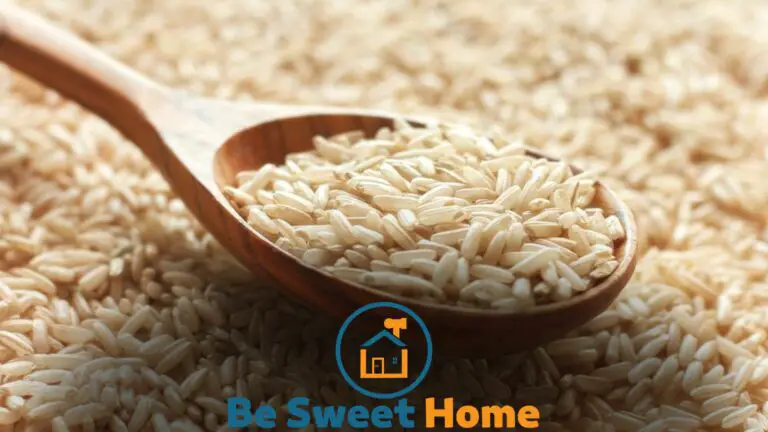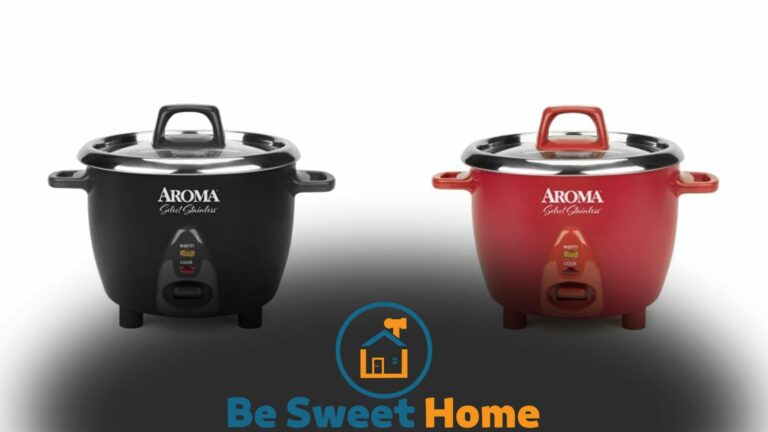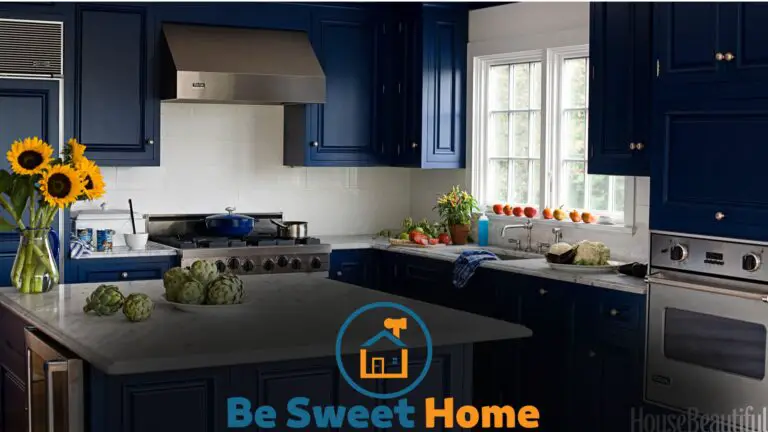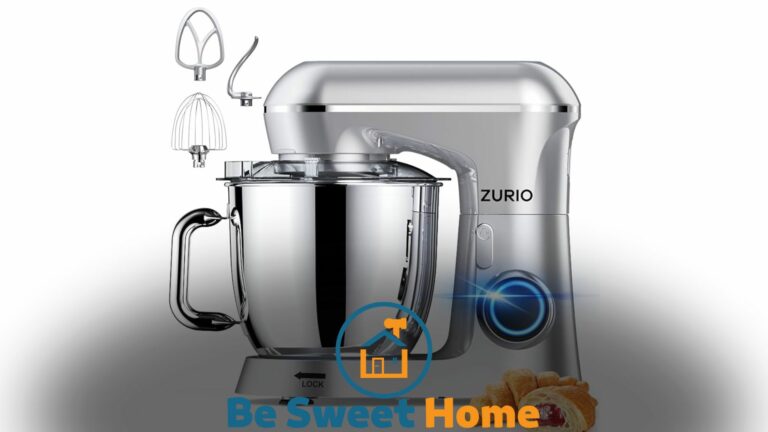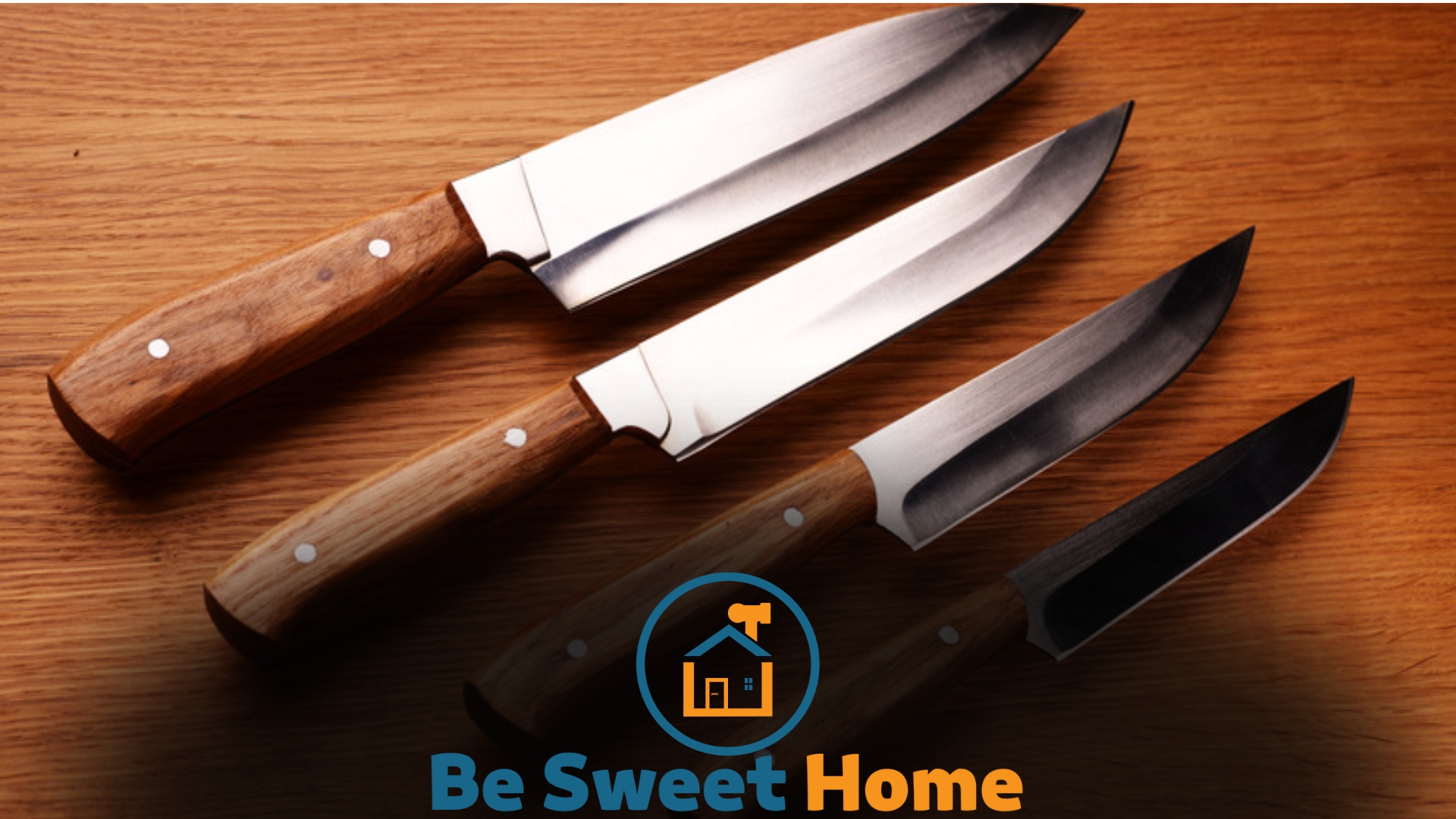

Replace kitchen knives every 5 to 10 years or when they’re consistently dull and honing doesn’t help. Kitchen knives can lose their edge and performance over time, necessitating their replacement to maintain safety and efficiency.
A sharp, reliable knife is the cornerstone of any productive kitchen. From professional chefs to home cooking enthusiasts, the importance of having well-maintained cutting tools cannot be overstated.
An optimal set of knives enhances your culinary experience, ensures precision in chopping, slicing, and dicing, and keeps kitchen tasks safe by reducing the risk of accidents caused by dull blades.
Regular use and improper care can deteriorate even the highest quality knives, leading to the need for replacement. Recognizing the signs of wear and understanding the typical lifespan of kitchen knives are essential steps to managing your tools effectively.
By staying alert to the condition of your knives and their impact on your food preparation, you’ll know when it’s time for a new set, ensuring your kitchen’s functionality and culinary success.
The Lifespan of Kitchen Knives
Kitchen knives are essential in any culinary setting, but even the best blade will dull over time. Quality and usage play a role in their lifespan. A well-maintained knife can last years or even decades.
Factors Affecting Knife Durability
Different aspects influence how long your knives maintain their sharpness and structure. It is crucial to know these to preserve your set’s condition.
- Material: Stainless steel lasts longer than carbon steel.
- Usage Frequency: Daily-use knives wear out quicker.
- Care Routine: Proper washing and storage extend lifespan.
- Sharpening Technique: Incorrect sharpening can damage knives.
Signs of a Dull or Worn-out Knife
Recognizing a knife’s decline helps decide when to replace it. Here are key indicators:
- Dice work feels labored and sluggish.
- Slicing does not produce clean cuts anymore.
- The knife’s edge shows visible damage, like chips or bends.
The frequency of use will determine when these signs appear. Regular honing delays them, thus keeping your knives in top shape longer.
Professional Insight on Knife Longevity
Kitchen knives stand as the cornerstone of culinary arts. A trusty blade goes a long way in the hands of a chef. Yet, even the finest of knives have their life span. Debates stir among experts about “How often should you replace kitchen knives?” This section dives into professional insights and experiences, exploring knife longevity.
Chef’s Experiences With Knife Replacement
Many chefs view their knives as extensions of their arms. They judge replacement not by time, but by performance. A list of factors they consider includes:
- Blade dullness beyond repair
- Damage to the knife edge or tip
- Wear and tear that impedes precision
Knives well cared for may serve years before needing replacement. Not all knives endure the test of time equally, with variations based on material and usage.
Sharpening vs. Replacement: Expert Opinions
Sharpening can often breathe new life into a dull blade. Culinary experts advise regular honing and periodic professional sharpening. However, they draw a clear line at what point maintenance cedes to replacement.
| Sharpening | Replacement |
|---|---|
| For minor dullness and regular upkeep | When sharpening no longer restores performance |
| Should be done frequently | Necessary only when knives display significant flaws |
Choosing between sharpening and replacing often depends on the knife’s cost, sentimental value, and material quality. A blend of sharpening for maintenance and timely replacement ensures a kitchen brimming with reliable tools.
Caring for Your Knives
Caring for your knives extends their lifespan and ensures they remain sharp and effective for your culinary needs. Proper maintenance plays a pivotal role in preserving the functionality of your kitchen cutlery.
Understanding how to care for these invaluable tools can mean the difference between a cumbersome chop and a seamless slice.
Best Practices in Knife Maintenance
Ensuring your knives perform their best involves regular upkeep:
- Hone regularly to maintain the edge.
- Avoid hard surfaces like glass or granite.
- Use proper storage, such as a knife block or magnetic strip.
- Invest in a quality sharpener to use when needed.
- Professional sharpening is necessary annually.
By incorporating these practices, your kitchen knives can offer peak performance for years.
Cleaning Tips To Preserve Your Blades
The longevity of your knives also hugely depends on how you clean them. Follow these tips to protect your blades:
- Wash knives immediately after use with warm, soapy water.
- Handwashing is best, and dishwashers can damage blades.
- Ensure to dry knives thoroughly post-wash.
- Avoid abrasive sponges that can scratch the metal.
- Never leave knives soaking in water, as it can lead to corrosion.
A clean knife is a happy knife, so give your blades the care they deserve.
The Impact of Knife Quality on Replacement Frequency
Think about your kitchen knives. They see daily use, dicing vegetables, slicing meats, and more. But not all knives are equal. The quality of a knife greatly influences how often it should be replaced.
Knife life spans range wildly based on how well they’re made and the materials used. A low-grade knife may dull quickly and need frequent replacement, whereas a high-quality option can last years with proper care.
Understanding the difference in quality is key to maintaining a functional kitchen.
High-end Knives Versus Budget Options
High-end knives boast durability and a longer life expectancy. These often come with a higher price tag, but opt for premium materials and meticulous production processes.
Their performance often justifies their cost. On the flip side, budget knives are accessible and cost-effective. Yet, they may need to be replaced more often due to wear and tear.
Material and Craftsmanship Considerations
The type of steel used in a knife reflects its overall quality and durability. High-carbon stainless steel is a premium choice, known for its edge retention and resistance to rust.
Knives crafted from this material often require less frequent replacement than those made from lower-quality steel. Take into account the construction.
Full-tang knives offer greater balance and longevity when the blade extends into the handle. A well-constructed knife can become a long-term kitchen ally.
| Material | Quality | Replacement Frequency |
|---|---|---|
| High-Carbon Stainless Steel | High | Less Often |
| Lower-Quality Steel | Low | More Often |
- Edge retention: High-quality materials maintain sharpness long-term
- Corrosion resistance: Pivotal in longevity
- Construction: Full-tang designs provide durability
- Assess the material and make of your knives
- Identify signs of wear and dullness
- Determine replacement frequency based on quality
When To Sharpen and When To Replace
Kitchen knives are essential tools for any home cook. Knowing when to sharpen those knives and when to replace them ensures your food prep remains safe and efficient. Keep your slicing and dicing on point with the right maintenance at the right time.
Recognizing the Limits of Sharpening
Over time, knife blades can become dull and damaged. While routine sharpening can restore the edge, it can’t fix all issues.
Look for signs like chips, deep nicks, or blades too thin. These are clear indicators it’s time for a new knife.
Sharpening Tools and Techniques
There are several sharpening tools available, each with its own benefit:
- Whetstones – Require skill but offer a refined edge.
- Manual sharpeners – Easy for beginners, with less precision.
- Electric sharpeners – Quick and consistent, yet they remove more material.
Proper technique is also important:
- Steady the tool.
- Hold the knife at the correct angle.
- Draw the blade across with even pressure.
Sharpen regularly for optimum performance. Still, after much sharpening, replacing becomes necessary.
Making the Decision To Replace
Time dulls even the finest kitchen knives. Daily use, wear and tear, it’s nature’s course. A sharp, reliable knife makes food prep safer and more efficient. Your cooking deserves the best. So, knowing when to replace kitchen knives is as critical as using them.
Let’s dive into how you can assess your current cutlery and make an informed choice on replacements.
Assessing Your Kitchen Knife Needs
Review your knives. Are they dull, damaged, or uncomfortable? A sharp knife should slice through a tomato with ease, no squishing. Here’s what to look for:
- Blade Sharpness: Test by slicing paper. Does it glide through or snag?
- Visual Inspection: Look for rust, chips, or bends. These are red flags.
- Handle Integrity: Check for cracks or looseness. A secure grip is a must.
- Overall Comfort: A knife should feel like an extension of your hand.
Notice issues? It might be time for an upgrade. Balance your needs with quality choices.
Investing in the Right Knives for Long-term Use
Quality knives are an investment. Choose wisely, and they’ll serve you for years. Consider these factors:
| Factor | Details |
|---|---|
| Material | High-carbon stainless steel is both durable and resists rust. |
| Construction | Forged knives tend to hold an edge longer than stamped ones. |
| Handle | Ergonomic designs reduce fatigue and increase control. |
| Warranty | Look for brands that back their knives with a strong warranty. |
Research different brands. Read reviews. Seek knives with a balance of quality and usability. Remember, the right tools transform cooking from a chore into a delight.
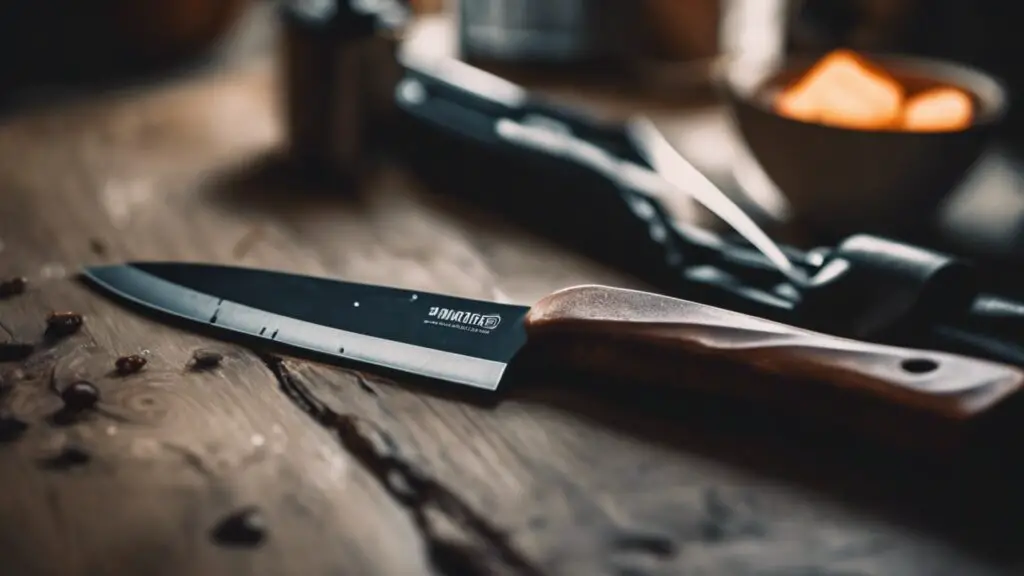
Frequently Asked Questions
What Determines Kitchen Knife Longevity?
Kitchen knives’ lifespan typically hinges on material quality, usage frequency, and maintenance routine, with diligent care extending longevity significantly.
How Often To Sharpen Kitchen Knives?
Regular honing should occur every 2-3 uses, but professional sharpening is recommended every 1-2 years, depending on usage intensity.
Signs Your Kitchen Knife Needs Replacing?
The dullness that persists after sharpening, chips or cracks in the blade, and a loose or damaged handle are clear indicators for replacement.
Are Expensive Knives Worth the Investment?
Quality knives with superior materials and craftsmanship can offer better durability and performance and may be more cost-effective due to less frequent replacements.
Can Proper Storage Extend Knife Life?
Yes, knife blocks, magnetic strips, or protective sheaths can prevent blade damage and extend the life of kitchen knives.
Conclusion
Ensuring your kitchen knives are sharp and reliable is fundamental for safety and culinary success. Aim to assess them regularly, and don’t hesitate to replace blades that show signs of wear or damage.
Remember, a keen edge does more than just cut – it elevates your cooking experience.
Keep slicing with precision and care!

